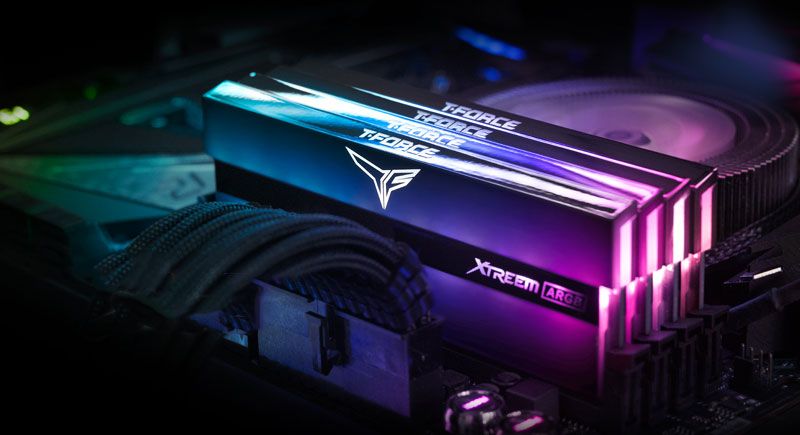There may be only one DOCP speed present in the BIOS for your particular RAM, despite there potentially being more than one XMP setting in the SPD chips.
I use AIDA64 to interrogate the memory in my computers and it's surprising how often I find multiple XMP speeds, e.g. DDR4-3200, 3400, 3600, 3800, 4000MT/s, when the BIOS only shows one XMP/DOCP/EXPO profile.
Any overclocking speeds not available as automatic DOCP BIOS profiles will have to be applied manually, a rather tedious process of entering all the Primary, Secondary and Tertiary memory timings for each DIMM in turn.
Download a copy of CPU-Z or a trial copy of AIDA64 and use the program to interrogate the SPD (Serial Presence Detect) chips on your DIMMs. You may be pleasantly surprised to find several overclock profiles faster than 3200MT/s. Whether or not you can get them to work is a different matter.
For a complete set of timings in your DIMMs, download a copy of the datasheet from the manufacturers web site. It's usually enough to get the Primary and Secondary timings correct in the BIOS, when making manual changes.
Some motherboards are better than others and present multiple RAM overclocking options making tweaking easy. Others take a simplistic approach and only offer one overclocking profile. I rarely bother trying to push RAM faster than the XMP/DOCP/EXPO profile(s) available in the BIOS. It's too much hard work for very little gain in some apps.
I'd advise running MemTest86+ for at least one full pass after overclocking RAM, to check stability. Even one error in MemTest means you need to change a value somewhere, e.g. loosen CL (CAS) to reduce the chance of crashes.
The CPU-Z screenshot below shows values for XMP-4800, XMP-5600 and XMP-6000 in DDR5 RAM, plus the default (non XMP) JEDEC speed of DDR5-4800 with "looser" timings. Obviously the speeds in your DDR4 RAM will be lower.



